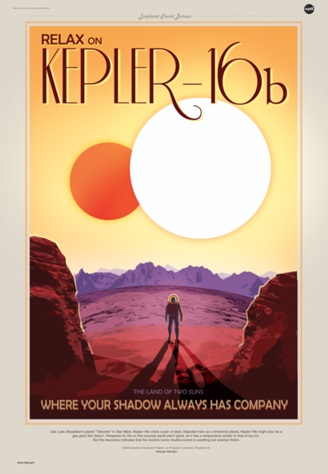
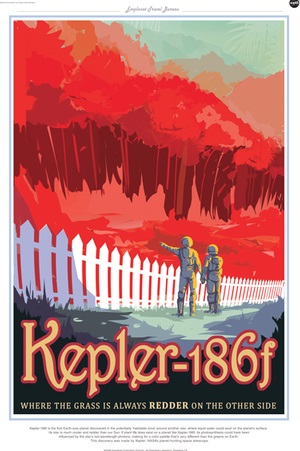
Haunting the Web Since 1999



And here’s your counterpoint: Creationist Ken Buck argues that space exploration is a boondoggle because aliens are going to Hell anyway. “Ham argued that ‘secularists are desperate to find life in outer space’ as a part of their ‘rebellion against God in a desperate attempt to supposedly prove evolution.'”
Erm, yeah. I would hope the John Olver rule is in effect if and when this fellow is inevitably queried about his views on television, against Bill Nye or Neil DeGrasse Tyson or somesuch.
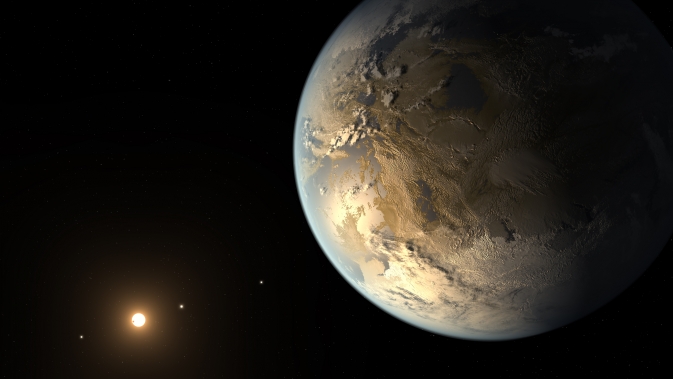
New planets have been discovered at a pretty decent clip of late. But, in a milestone, NASA’s Kepler Telescope finds in Kepler 186f, 500 light years away, “the first Earth-size planet orbiting a star in the ‘habitable zone’ — the range of distance from a star where liquid water might pool on the surface of an orbiting planet.” (“Earth-size” being the key word here — Kepler has previously found larger planets in the habitable zone.) To put it all down and start again, from the top to the bottom and then…
Update: Interesting speculation: Does Kepler 186f bode ill for our future? “This apparent absence of thriving extraterrestrial civilizations suggests that at least one of the steps from humble planet to interstellar civilization is exceedingly unlikely. The absence could be caused because either intelligent life is extremely rare or intelligent life has a tendency to go extinct.”
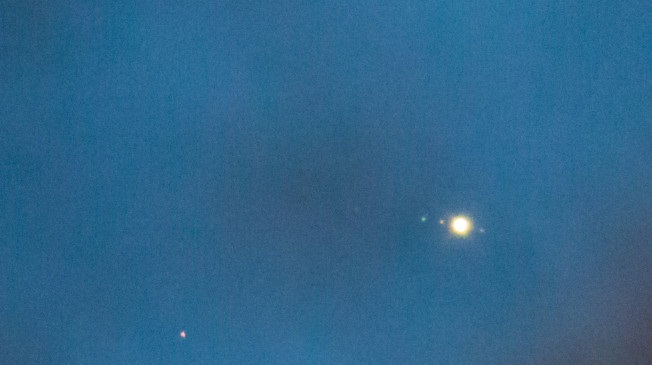
NASA sets aside some money for a robotic mission to Europa. “No details have been decided yet, but NASA chief financial officer Elizabeth Robinson said Tuesday that it would be launched in the mid-2020s.”
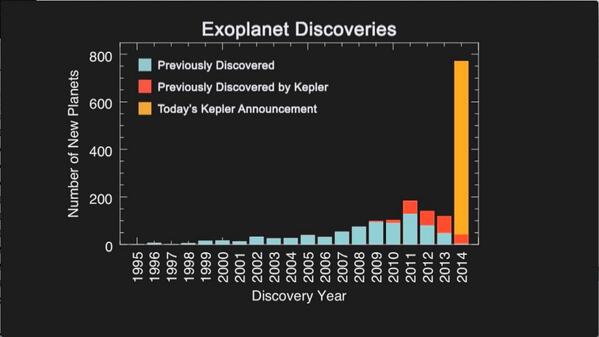
NASA announces 715 new planets found by the Kepler telescope, and that’s only from the first two years of data. “About 94 percent of the new alien worlds are smaller than Neptune, researchers said, further bolstering earlier Kepler observations that suggested the Milky Way galaxy abounds with rocky planets like Earth…four of the worlds are less than 2.5 times the size of Earth and reside in the ‘habitable zone,’ that just-right range of distances that could allow liquid water to exist on their surfaces.”
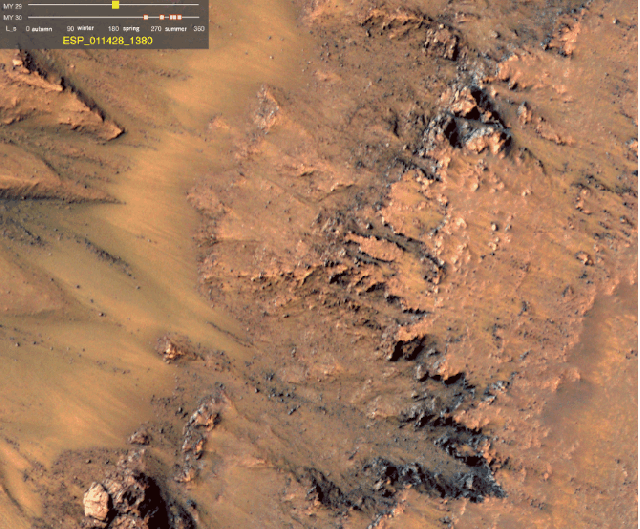
Via io9, Scientists at NASA’s JPL find the strongest evidence of currently extant water on Mars yet. “We still don’t have a smoking gun for existence of water…Although we’re not sure how this process would take place without water.”
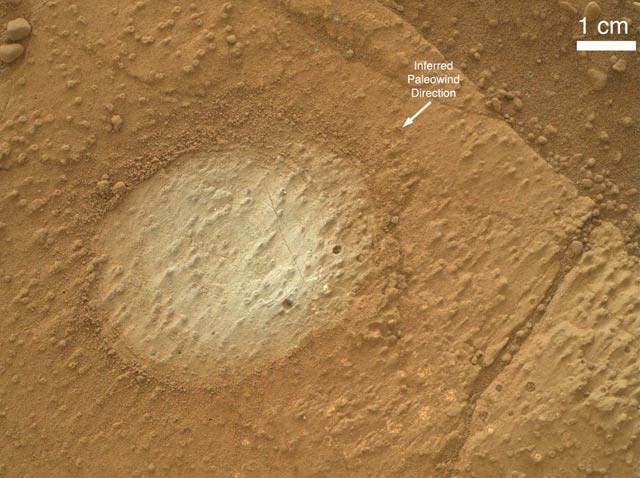
Where do bad folks go when they die? They don’t go to heaven where the angels fly. Mars? Hrm…well, maybe. Curiosity finds the remnants of what appears to be an ancient Martian lake in Yellowknife Bay, part of Gale Crater. Unfortunately, “[e]ven if there were fossils in the mudstone, Curiosity doesn’t have the right kind of equipment to see them. That job will be left to the Mars rover set to launch in 2020.”
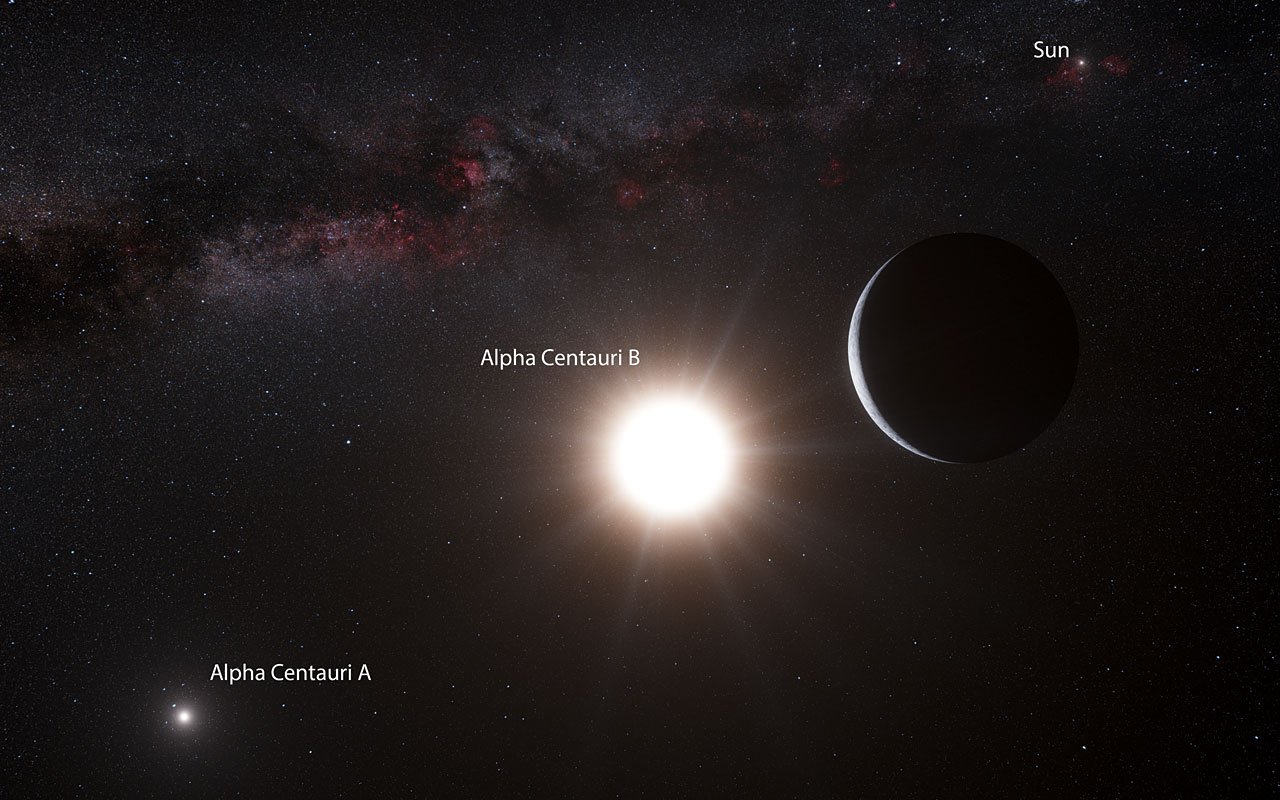
Hey neighbor: Astronomers find an Earth-like planet just next door in Alpha Centauri, the nearest star system to our sun. “Indeed, Alpha Centauri Bb is the first planet with an earth-like mass ever found orbiting a sun-like star.” That being said, prospects for life — or colonization — seem, for the time being, remote. “Unfortunately for any hope of finding life on this world, it orbits only about four million miles away…This would make Alpha Centauri B more than twenty times larger in the planet’s sky than the sun is here on earth…and more than 500 times brighter and hotter.”
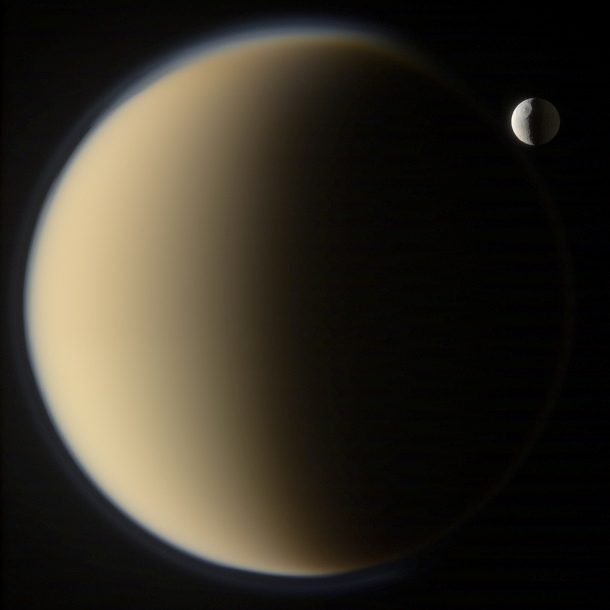
A NASA/JPL simulation of Titan’s atmosphere suggests a chaotic chemical brew conducive to life on Saturn’s most interesting moon. “Now we know that sunlight in the Titan lower atmosphere can kick-start more complex organic chemistry in liquids and solids rather than just in gases.” (Titan image via this 2011 post.)
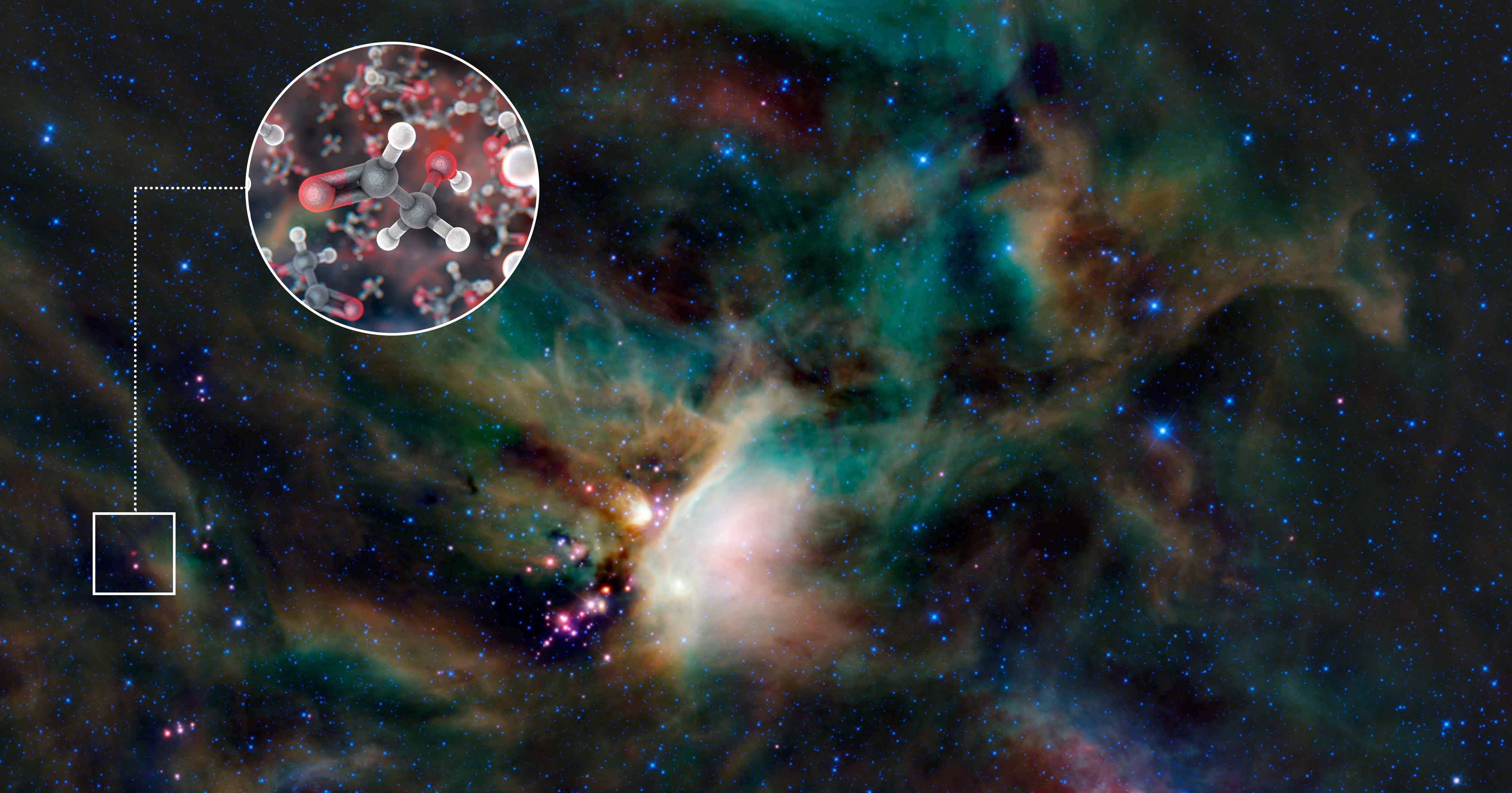
The Land of Chocolate? Astronomers find sugar molecules orbiting young star IRAS 16293-2422, 400 light years away. “‘A big question is: how complex can these molecules become before they are incorporated into new planets?’ Jørgensen said. “This could tell us something about how life might arise elsewhere, and ALMA observations are going to be vital to unravel this mystery.'”